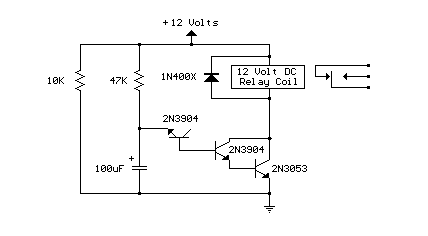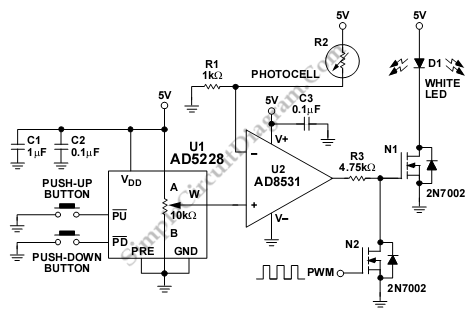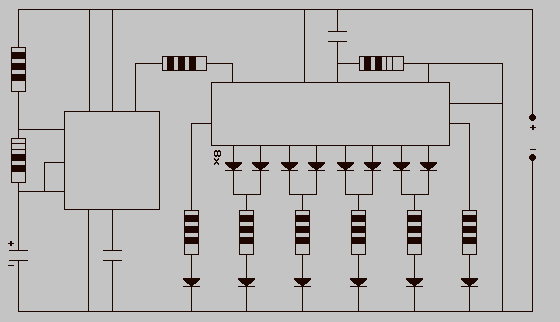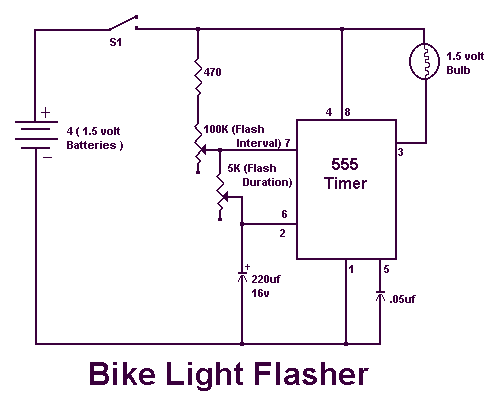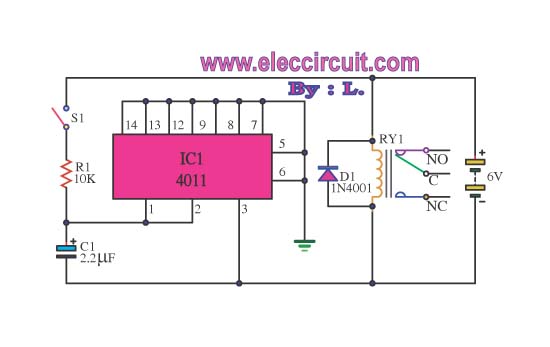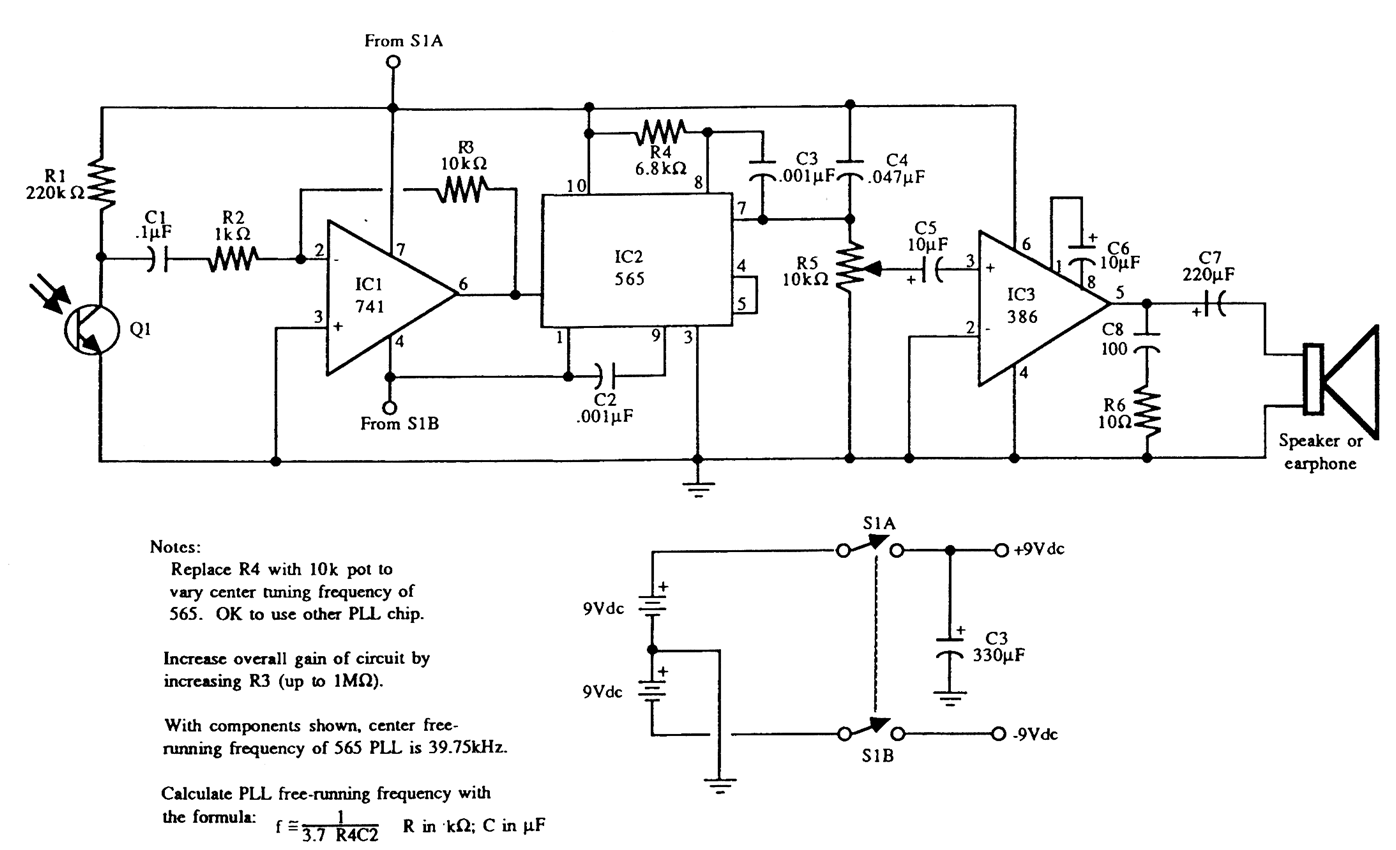
Light beam operated on-off relay
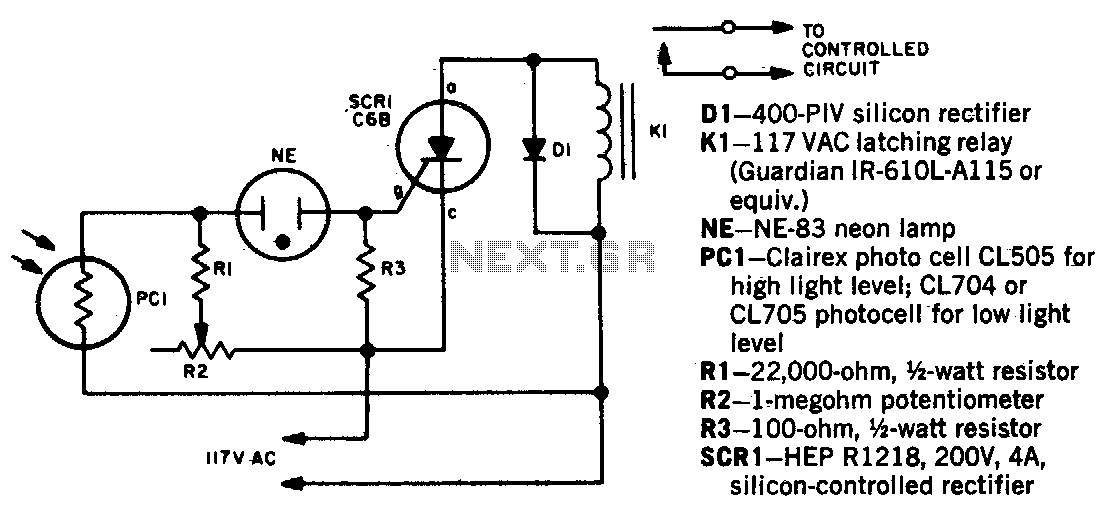
When a beam of light strikes the photocell, the voltage across the neon lamp NE-1 rises sharply. NE-1 turns on and triggers the SCR. K1 is an impulse relay whose contacts remain in position even after the coil current is removed. The first impulse opens K1's contacts, while the second impulse closes them, and so on.
The circuit described involves a photocell that serves as a light sensor, detecting the presence of light. Upon activation by a light beam, the photocell generates a voltage that increases significantly, causing the neon lamp NE-1 to illuminate. The neon lamp functions as a visual indicator and also plays a critical role in the triggering mechanism of the silicon-controlled rectifier (SCR).
When NE-1 is activated, it provides sufficient gate current to the SCR, allowing it to conduct and complete the circuit. This conduction allows current to flow through the relay K1, which is designed as an impulse relay. The operation of K1 is characterized by its ability to maintain its contact position after the initial coil current is removed, thanks to its latching mechanism.
The operation sequence begins with the first light impulse that opens the contacts of relay K1, which can control other devices or circuits connected to its output. Upon receiving a second light impulse, K1’s contacts close again, allowing for a toggle action that can be repeated. This on-off control mechanism enables the circuit to perform various functions, such as controlling lights or other electrical devices based on light detection, providing a practical application in automation systems.
This circuit exemplifies the integration of light sensing, visual indication, and relay control, showcasing a simple yet effective method for creating automated responses to environmental changes.When a beam of light strikes the photocell, the voltage across neon lamp NE-1 rises sharply. NE-1 turns on and fires the SCR. Kl is an impulse relay whose contacts stay in position even after coil current is removed The first impulse opens Kl"s contacts, the second impulse closes them, etc. 🔗 External reference
The circuit described involves a photocell that serves as a light sensor, detecting the presence of light. Upon activation by a light beam, the photocell generates a voltage that increases significantly, causing the neon lamp NE-1 to illuminate. The neon lamp functions as a visual indicator and also plays a critical role in the triggering mechanism of the silicon-controlled rectifier (SCR).
When NE-1 is activated, it provides sufficient gate current to the SCR, allowing it to conduct and complete the circuit. This conduction allows current to flow through the relay K1, which is designed as an impulse relay. The operation of K1 is characterized by its ability to maintain its contact position after the initial coil current is removed, thanks to its latching mechanism.
The operation sequence begins with the first light impulse that opens the contacts of relay K1, which can control other devices or circuits connected to its output. Upon receiving a second light impulse, K1’s contacts close again, allowing for a toggle action that can be repeated. This on-off control mechanism enables the circuit to perform various functions, such as controlling lights or other electrical devices based on light detection, providing a practical application in automation systems.
This circuit exemplifies the integration of light sensing, visual indication, and relay control, showcasing a simple yet effective method for creating automated responses to environmental changes.When a beam of light strikes the photocell, the voltage across neon lamp NE-1 rises sharply. NE-1 turns on and fires the SCR. Kl is an impulse relay whose contacts stay in position even after coil current is removed The first impulse opens Kl"s contacts, the second impulse closes them, etc. 🔗 External reference
